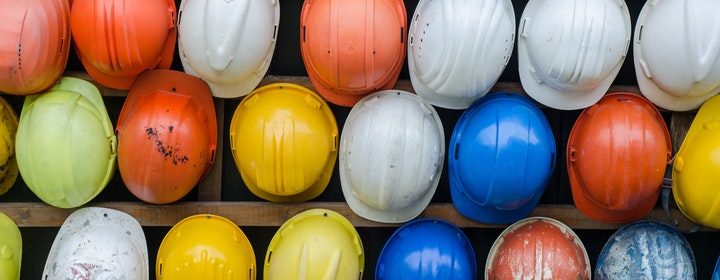Most people appreciate that construction work involves some inherent risks. However, in South Africa, the amount of accidents in the construction industry is rather alarming.
According to a statement released by the government, there are at least 1.5 to 2.5 fatalities per week in the construction sector, which contributed 12% to the country’s GDP in 2016.
As of June last year, the construction industry employed at least 1.4 million people, but the unacceptably high rate of accidents highlights that the Occupational Health and Safety Act’s construction regulations are not achieving acceptable standards. Between 2011 and 2015, the Western Cape even experienced a rise in the number of accidents by an annual average of 12%.
A lack of management and poor workmanship have been cited as the main reasons for many of the injuries and fatalities. Lennie Samuel, a senior inspector and forensic investigator at the Department of Labour, clarified that “the lack of supervision and failures by management, in my view, is the biggest factor to the cause of incidents. Most of the incidents investigated find its root cause in the upper streams of management. They (management) identify and correct only the immediate causes or symptoms and not the root causes. The consequences, unfortunately, often lead to disablement, disfigurement, injury and fatalities and collapses.”
“The health and safety legislation is not a problem — it is the behaviour, attitude and perception of certain employers that is the problem,” said Samuel. He also added that some construction sites failed to produce risk assessments, and used inappropriate material and designs.
In light of these findings, it is vital that all employers start to comply with health and safety legislations to save their workers’ lives. This should be a coordinated effort, and everyone in the construction industry (from large corporates to small sub-contractors) needs to take responsibility, be vigilant and follow correct protocol.
A culture of safety needs to be built in South Africa; and government, organised labour and construction employers need to urgently commit to implementing legislation and the recommendations prescribed in the Construction Health and Safety Accord.
Health and safety issues should be a top priority for employers and employees, as even one fatality is one too many. To achieve this goal of zero harm, it’s important to improve the skills of employees in the industry, by providing proper training and arranging adequate supervision.
Using correct and good quality tools, as well as safety and fall prevention equipment, is also essential. Employees should be trained in the basic principles of health and safety, and how to protect fellow workers as well as themselves.
Regular drug screening and alcohol testing on construction sites could also be of benefit, and all employees should have a valid medical certificate of fitness specific to the work that is required.
If the industry doesn’t start adhering to these formalities, construction companies are likely to pay the price for accidents, which can end up costing them dearly in terms of compensation, man hours, and even employees.
Apart from the legal and social ramifications, health and safety incidents in the workplace can have severe financial implications. If you have suffered from a personal injury as a result of negligence in the industry, or a relative has died in a construction accident, don’t hesitate to contact Henry Shields Attorneys; we see that the law works for you.

